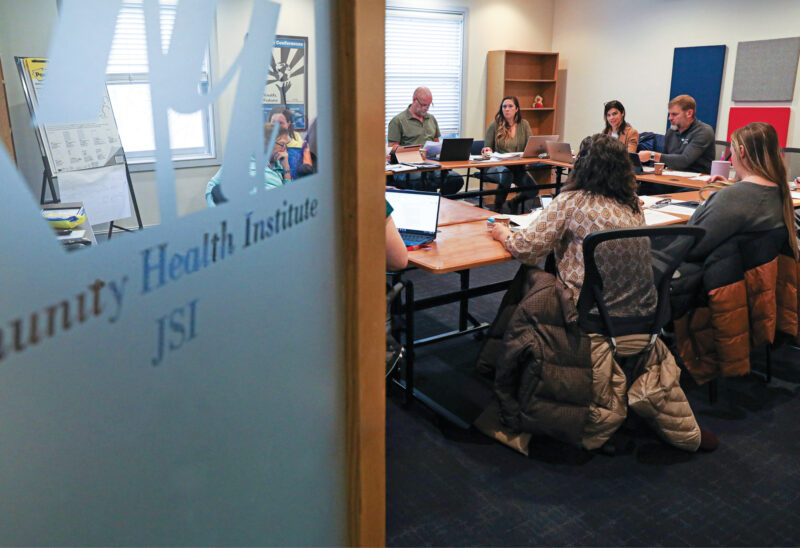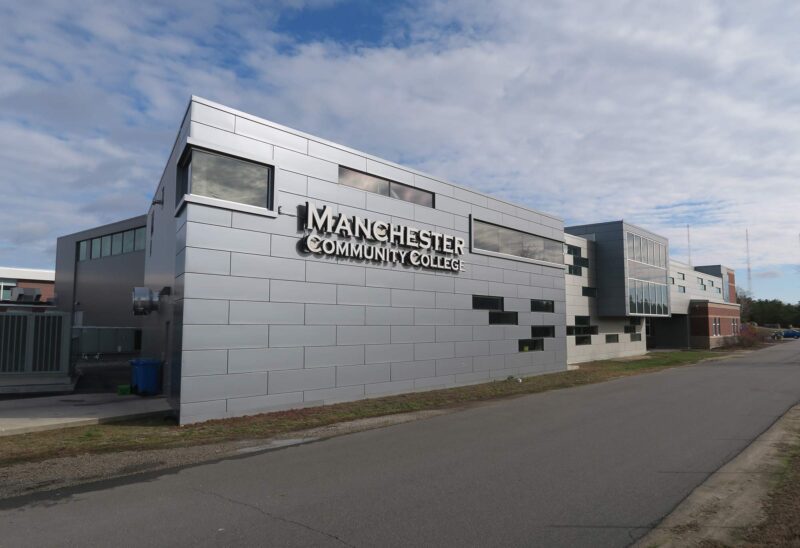Last month the Census Bureau released updated data on income and poverty in the United States.
New Hampshire has reasons to celebrate: the state continues to have the lowest poverty rate in the country, at eight percent compared to 12 percent nationally. (If you’d like a refresher on what living “in poverty” means, please see my previous blog on this topic). But that statistic hides a troubling trend: New Hampshire had among the largest increases in income inequality in the country from 2017 to 2018.
You may have seen a recent report that income inequality reached a more than 50-year high in the United States in 2018, and that New Hampshire had one of the greatest increases in inequality during that same period as measured by the Gini coefficient. (Yes, that’s “Gini” not “genie,” as it’s named for the Italian statistician, Corrado Gini, who developed this measure of income distribution in a society.) So let’s take a moment and dive into what exactly this means.
What is the Gini coefficient and why do we care?
The Gini coefficient, or the Gini index, is the most common way to measure income distribution in a population. Without getting into the details of how it’s calculated (as it would require a deeper dive into graphs and charts and Lorenz curves which you can explore through this great video), the Gini coefficient essentially tries to capture how equally income is distributed in a society. So, for instance, if the top 1 percent of the population gets 90 percent of the income, then that’s not a very equitable society. Alternatively, if for every one percent of the population an additional one percent income is accumulated, then that society is the most equitable. The Gini coefficient is a way to capture this distribution of income.
Just tell me: what is a good score and what is a bad score?
The Gini coefficient is on a scale from zero to one, where a score of zero indicates a perfectly equitable society where everybody has the same income, while a score of one is the most inequitable, where one person gets all the income. The Gini is not a simple measure, so scores between zero and one are difficult to sum up in a single statement. However, it is a scale, and there is national, international, and historical data for comparison, which is really what matters.
Okay, okay. So how does the U.S. do compared to the rest of the world?
Compared to other developed countries, the U.S. is pretty inequitable. See this map created by the Organization for Economic Co-operation and Development (please note that the data in this map is a bit dated, and the 2018 Gini value for the U.S. is actually higher than what is listed on this map). The Gini coefficient for the U.S. is now around 0.48, with the top 20 percent of income earners accounting for 52 percent of total wealth. So if the population of the U.S. was 100 people, it would mean that the top 20 richest people had more than half the total income in the whole country. By contrast, our neighbor to the north, Canada, has a Gini of 0.31. The top 20 percent of its highest income earners account for 39 percent of all the country’s income. The U.S. Gini coefficient has been rising pretty consistently since the 1960s. Thus, today’s America is far more inequitable than the America of the 1960s.
So what about New Hampshire, as compared with the rest of the country?
The Gini for New Hampshire is 0.45, lower than the 0.48 of the U.S. as a whole. New Hampshire is ranked 14th among the 50 states for the lowest Gini score. So, compared to the rest of the country, New Hampshire does pretty well. What is concerning is that, since 2010, the Gini coefficient has been rising faster in New Hampshire than in most other states. Since 2010, in fact, New Hampshire has had the second-highest increase in the Gini coefficient, second only to Wyoming. In 2010, New Hampshire ranked fourth, and in 2018 it ranked 14th. By contrast, neighboring Vermont has had almost no increase in its Gini coefficient in the same span of time. Since 2010, Vermont has actually become more equitable compared to other states, jumping from 19th place in 2010 to ninth in 2018.
Well, this is depressing. What can be done?
There are many causes of rising inequality, many of which, such as technological development, taxation and investment in human capital depend on macroeconomics and national policies. And remedying this trend toward increasing inequality will require multi-faceted policy and systems change in addition to philanthropic and public investment. Concerns about rising inequality and the accompanying lack of access to opportunity actually prompted the Charitable Foundation’s New Hampshire Tomorrow initiative to increase opportunity for young people. Right now, too many young people are not able to reach their potential in New Hampshire because they come from families that struggle economically. We will continue to monitor and use these data to inform grantmaking, scholarships, advocacy and initiatives.



















